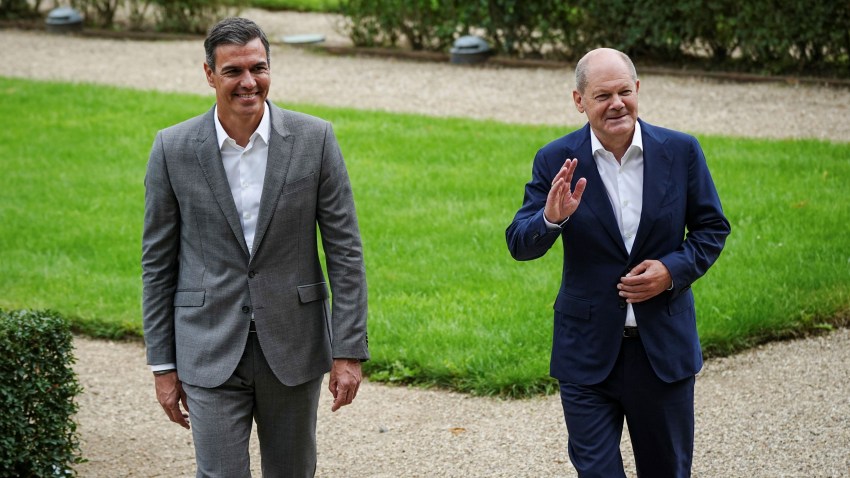For a political movement whose final demise has been predicted so often, the survival of social democracy has at times seemed to defy political logic. The decline of so many social democratic parties in Europe has inspired a cottage industry of scholarship and analysis that purports to explain the strange death of the European center-left. Yet recent electoral successes of social-democratic parties in Germany and Spain along with the resurgence of the Labour Party in the U.K. indicate that reports of the death of social democracy might be exaggerated. All three cases also come with important lessons for other center-left parties elsewhere.
German Chancellor Olaf Scholz’s ability to steer his Social Democratic Party, or SPD, into leadership of the coalition government that emerged from the 2021 elections, only to face crises that are now dragging his party down in opinion polls, shows how short-term electoral success can quickly unravel if structural challenges are not tackled firmly. The skill with which Spanish Prime Minister Pedro Sanchez has guided the Spanish Socialist and Workers Party, or PSOE, to win—and now perhaps maintain—power against all odds demonstrates how a willingness to take risks and confront adversaries head on might lead to more lasting success than avoiding confrontation. In the U.K., Labour Party leader Keir Starmer’s systematic weeding out of potential points of vulnerability that could be used against him and the party in elections that must take place by next year provides another model of how social-democratic parties can prepare the way for electoral success.
To understand the challenges these leaders have faced, it is worth taking a closer look at the structural pressures that over the past 15 years have weakened other social-democratic movements across Europe. In the decades after World War II, parts of the liberal middle classes as well as a large proportion of working-class voters were drawn to the universal welfare reforms and democratization of state institutions championed by Western European social democrats. As the Cold War came to an end, the emergence of alternative movements on the left, such as the German Greens, and deepening polarization over migration fueled by the far right drew many of these middle- and working-class voters away from social-democratic parties. Yet electoral coalitions that cut across class lines still propelled social democrats to power, with results of anywhere between 35-40 percent of the vote in elections right up to the mid-2000s.

